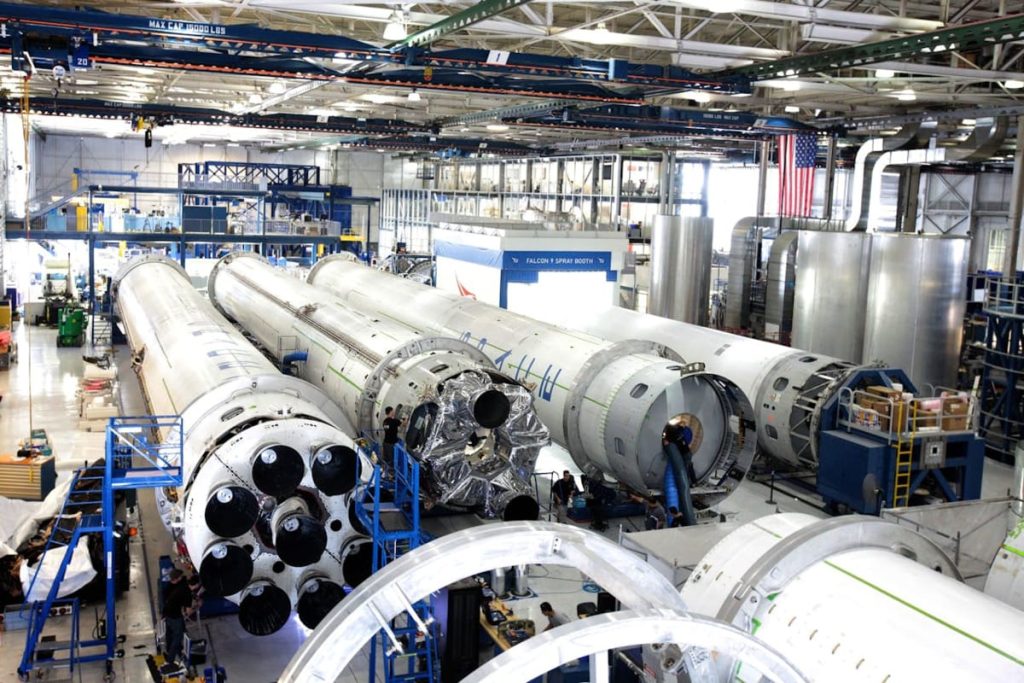Developing your manufacturing plant to the next level is an exciting process that offers many opportunities for advancement. To remain ahead of the competition in today’s market, one must constantly innovate and adjust to shifting conditions. By embracing technology innovations and implementing strategic plans, you may improve productivity, performance, and efficiency. Talk about doable strategies to make your manufacturing facility more profitable and competitive in the marketplace.

Simplifying the Production Procedures
Finding inefficiencies and waste in your present workflows is the first step in streamlining production operations. You may improve overall efficiency by putting lean manufacturing ideas into practice, which include cutting out pointless tasks and making the most use of resources. Investing in automation technologies can further optimize processes, reducing the demand for manual labor and enabling higher productivity. Processes need to be continuously reviewed and changed to boost efficiency and adapt to changing market demands. Frequent evaluations and modifications guarantee that your production plant runs as efficiently as possible, producing goods on schedule and within budget.
Accepting Technological Developments
To maximize production and efficiency, your manufacturing facility must embrace technological changes by keeping up with the most recent developments. Modern technology and equipment, such as automated assembly lines and robotics, can help you increase production processes’ accuracy and speed. Investing in IoT solutions also makes it possible to track production data and equipment performance in real-time, which helps with decision-making. Additionally, incorporating manufacturing software can aid in the management of scheduling, quality control, inventory, and other production-related tasks. The application of AI algorithms, which can optimize production scheduling and predictive maintenance techniques and further streamline operations, is another important facet of technological innovation.
Setting Employee Development and Training as a Priority
Making staff training and development a top priority is essential to building a knowledgeable and driven crew in your manufacturing business. Employees can improve their efficacy in their professions by enhancing their skills and knowledge through thorough training programs. Promoting a culture of ongoing learning and development guarantees that staff members are knowledgeable about current market trends and optimal procedures. Furthermore, promoting cross-functional cooperation fosters innovation inside the organization by enabling employees to collaborate on problem-solving and exchange ideas. Employee morale and motivation are further raised by acknowledging and appreciating their accomplishments, which raises worker engagement and productivity.
Providing Quality Assurance and Control
Having strong quality control procedures in place at every manufacturing stage makes it easier to spot deviations or flaws early on and fix them. To uphold strict standards and adhere to legal obligations, regular audits and inspections are carried out. Strict testing procedures are put in place to guarantee that goods fulfill requirements and uphold quality standards. Gaining important insights for ongoing improvement through customer and stakeholder feedback enables the company to handle any possible problems and increase overall product quality and customer happiness.
Improving Logistics Supply Chain
Improving the flow of resources, information, and materials throughout the production facility is part of improving supply chain management. Organizations can minimize production delays by guaranteeing timely raw material delivery through strategic collaborations with dependable suppliers. Reducing surplus stock and averting shortages are two benefits of using data analytics to optimize inventory levels. By using agile supply chain techniques, businesses may quickly adjust to shifts in consumer demands and market demand. Investigating opportunities for sourcing channel diversification improves supply chain resilience by reducing the risks associated with depending on a single provider.
Initiatives for Environmental Sustainability
Adopting eco-friendly industrial processes involves reducing energy use, waste production, and pollution. Investing in renewable energy sources reduces carbon emissions and dependence on non-renewable resources, such as wind and solar electricity. Recycling and waste reduction programs can be implemented to reduce environmental impact and encourage resource efficiency. Building confidence and goodwill among stakeholders, gaining certifications, and adhering to regulatory criteria demonstrate a commitment to environmental stewardship. Manufacturing facilities can improve their long-term viability and competitiveness while also positively impacting environmental conservation efforts by prioritizing sustainability.
Conclusion
You can position your facility for long-term success and competitiveness in the industry by putting the suggested strategies into practice, such as optimizing production processes, embracing technological advancements, giving employee training top priority, guaranteeing quality control, improving supply chain management, and embracing environmental sustainability initiatives. Always remember to evaluate and modify your strategy frequently to conform to changing consumer demands and market trends.

